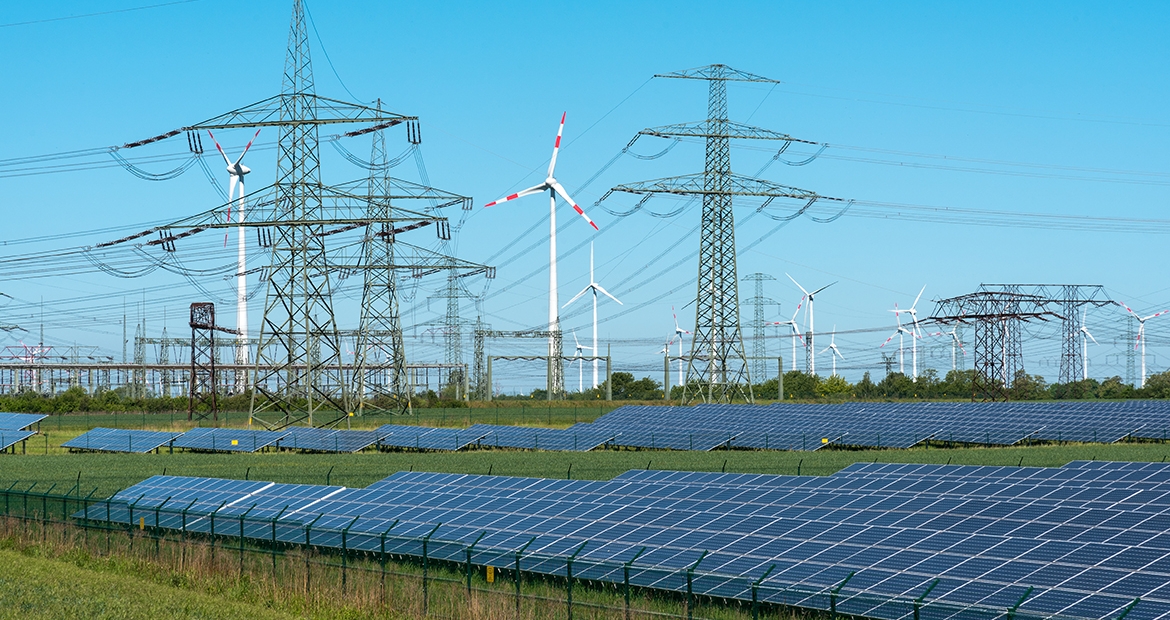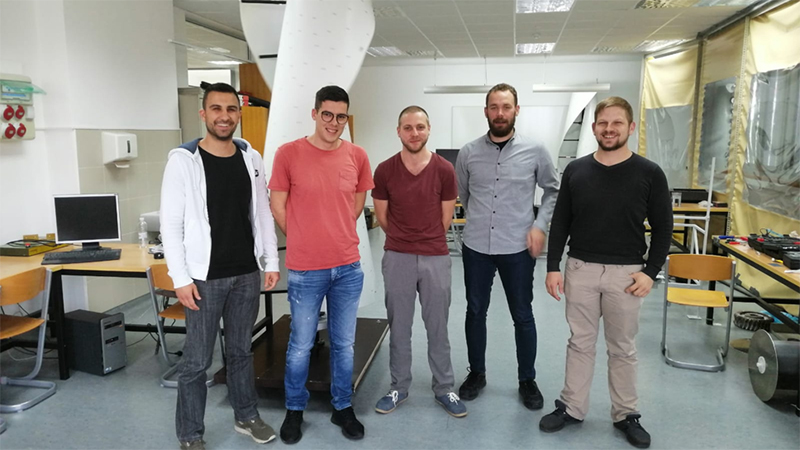Common ground: Two themes emerge in annual Microgrid Challenge
Lowering carbon emissions through the use of energy storage systems and low-emission generators was the name of the game in Cummins' most recent microgrid competition.
By Aytek Yuksel, Content Marketing Leader - Power Systems

Cummins recently teamed with ESTECO to co-sponsor the Microgrid Design Competition. The competition attracted teams of engineers from 56 universities representing 15 countries around the world.
As part of the competition rules, the competitors had to design the best microgrid with reduced overall costs and minimized carbon dioxide (CO2) emissions. While developing their designs, the teams had to consider the operating conditions and other constraints at the Cummins Megasite in Phaltan, India; such as the need for varying amounts of energy during the day and night.
"The challenge was to design the most cost and energy-efficient hybrid microgrid to supply energy to our Cummins campus in India," said Gary Johansen, Executive Director of Power Systems Engineering at Cummins. "The winning team, FESB Energetika from the University of Split, Croatia, deployed various renewable sources and use case scenarios to lower carbon emissions and optimize costs in their proposal."

Microgrids optimize the use of renewable energy sources to minimize carbon emissions
Proposals from the various teams varied greatly, with each leveraging different combinations of renewable sources to lower carbon emissions.
For example, team FESB Energetika leveraged a mix of water, solar and wind to optimize the energy supply, and explored the use of excess power to generate hydrogen for fuel cells. Meanwhile, team Polimi Energy built their microgrid design with solar as the core, deploying a well-defined grid control logic. Third place-winner, team Polimi Power, focused on realistic problem constraints and applied a clear dispatch strategy as a part of the microgrid system.
Intermittent nature of renewables addressed through energy storage systems and low emission generators
Teams optimized their microgrid designs by using both stationary storage units and low emission generator sets to address the intermittent nature of renewables. Stationary storage units are designed to store the excess energy while renewables are up and running and re-deploy the stored energy when the campus’ energy needs exceed renewable generation. Low emission generators are used in microgrid designs either to power, when needed, the campus directly or to charge the stationary storage units.
Each of the 56 teams should be applauded for their efforts to tackle what Cummins Chairman and CEO Tom Linebarger calls the "challenge of our age." More specifically, these teams created designs to meet the world’s sustainability needs and grow the economy at the same time. Congratulations to FESB Energetika, Polimi Energy and Polimi Power for their award-winning designs.
To learn more about trends in microgrids and distributed generation, follow Cummins on Facebook and LinkedIn. To learn more about how Cummins is powering a world that’s “Always On,” visit here.
Think your friends and colleagues would like this content? Share on LinkedIn and Facebook.
Author Profiles

Aytek Yuksel, Content Marketing Leader - Power Systems
Aytek is a marketing leader at Cummins, focusing on technology and thought leadership. Since joining in 2008, he has held various marketing roles and now shares insights on markets, technologies, and energy transition. Aytek lives in Minneapolis with his wife and two kids.
Related Tags